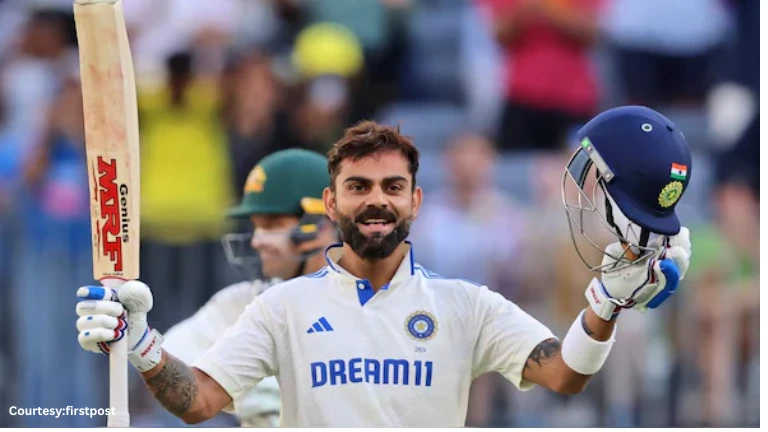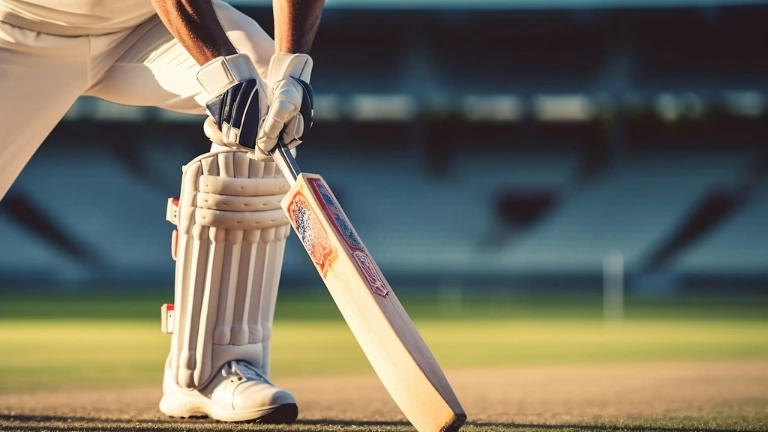Cricket is one of those beautiful sports where the same bat and ball create two completely different worlds. On one side, you have Test cricket slow, thoughtful, emotional, and strategic. On the other side, you have T20 cricket explosive, fast, entertaining, and unpredictable.
I’ve grown up watching both formats, and honestly, each one feels like a different emotion altogether. When someone new to cricket asks me, “What’s the actual difference between Test and T20?” I always smile because the difference is not just in overs, but in mindset, skill, strategy, and even the psychology of players.
So in this article, I’ll explain everything in a simple, beginner-friendly way, but also sprinkle some real examples, match memories, and personal observations to make it more relatable.
Let’s begin.
Table of Contents
What Is a Test Match? (The Purest Form of Cricket)
If cricket had a “classic mode,” it would be Test cricket.
A Test match lasts up to 5 days, and each team plays two innings. This format tests:
- Patience
- Technique
- Stamina
- Temperament
- Long-term strategy
Watching a Test match feels like watching a long, slow movie where every scene matters. I honestly feel that a cricketer’s real skill is revealed only in Test matches especially when they bat for 5 hours or bowl long spells on tiring days.
A great example is VVS Laxman’s 281 against Australia in 2001 a knock that saved India from follow-on and changed the series. No T20 match can give that kind of emotional depth.
What is T20 Cricket? (The Fastest & Flashiest Format)
T20 cricket is the opposite fast, thrilling, and made for entertainment.
Each team bats for 20 overs, meaning the entire match finishes in around 3 hours. This format tests:
- Power-hitting
- Quick decision making
- Innovation
- Pressure-handling
- Fitness and speed
T20 matches feel like action movies nonstop thrill from first ball to last. IPL, Big Bash, PSL… all these leagues have made this format incredibly popular.
Whenever I watch a close T20 match like MI vs CSK, where a chase is won in the final ball, I feel the kind of excitement Test cricket rarely gives.
Quick Stats Comparison Table: Test Match vs T20 Cricket
| Feature | Test Match | T20 Match |
|---|---|---|
| Match Duration | Up to 5 days | 3 hours |
| Overs per Team | Unlimited overs (2 innings) | 20 overs (1 innings) |
| White/Red Ball | Red ball | White ball |
| Clothing | Whites | Colored jerseys |
| Strategy | Long-term, defensive, technical | Aggressive, attacking, fast-paced |
| Player Skills | Patience, stamina, technique | Power-hitting, speed, improvisation |
| Result Chances | Win, Lose, Draw | Only Win or Lose |
| Audience Type | Traditional fans | Modern entertainment-loving fans |
Key Differences Explained in Detail (Beginner-Friendly + Personal Insights)
1. Match Duration
This is the biggest difference.
- Test match: 5 days
- T20 match: Around 3 hours
I personally enjoy Test matches on slow weekends, and T20s after a busy workday. Each serves a different mood.
2. Playing Style & Approach
Test Cricket = Patience + Defence
Batsmen need solid technique.
Bowlers need consistency.
Captains think 20–30 overs ahead.
T20 = Attack Every Ball
Batters hit from ball one.
Bowlers try yorkers, slower balls, wide lines.
Captains change fields every 2–3 balls.
A Test batter may leave 40 balls to settle.
A T20 batter doesn’t even get 40 balls!
3. Player Mindset
From my perspective, the mindset difference is massive.
Test cricket mindset:
- “Let me survive.”
- “Let me wear out the bowler.”
- “Let me build a partnership.”
T20 mindset:
- “How do I get a boundary now?”
- “How can I change the strike rate?”
- “What shot surprises the bowler?”
Even commentators say modern players now have “T20 muscle memory.”
4. Pressure & Game Dynamics
In Test cricket, pressure builds slowly over hours.
In T20, pressure explodes in seconds — especially in the death overs.
One misfield or one no-ball can flip the entire match.
5. Role of Bowlers
I personally feel bowlers enjoy Test cricket more because they get time to set up a batter.
But in T20?
Bowlers have nightmares especially on flat pitches.
Test:
- Long spells
- Swing movement
- Reverse swing
- Patience-based dismissals
T20:
- Yorkers
- Slower balls
- Knuckle balls
- Clever variations
6. Fitness Requirements
Both formats require fitness, but in different ways.
Test:
- Endurance
- Maintaining focus for long periods
- Bowling 20+ overs a day
T20:
- Explosive speed
- Quick running
- Fielding agility
- High-intensity sprints
I’ve noticed players like Bumrah, Stokes, and Kohli excel in both because of superior fitness.
7. Entertainment Value
Test cricket:
- Emotional
- Dramatic
- Strategic
- Sometimes slow
- But deeply satisfying
T20:
- Thrilling
- Fast
- Power-packed
- Great for casual viewers
It’s like comparing a novel (Test) with a short film (T20).
Which Format Is Harder? (My Personal Opinion)
I genuinely feel Test cricket is harder from a skill perspective.
Standing in the sun for 7 hours…
Maintaining concentration for 120 overs…
Facing swings, bounce, reverse swing…
Playing spin on Day 4 and 5…
This requires mental toughness that T20 cannot match.
BUT…
T20 is harder in terms of pressure per minute.
One mistake = game over.
So both formats are tough in their own way.
Why Both Formats Are Important for Cricket
Cricket would be incomplete without either one:
Test cricket preserves:
- Tradition
- Technique
- Real cricketing skill
- Legendary battles
T20 brings:
- Money
- Youth audience
- Entertainment
- Global reach
Together, they balance the sport beautifully.
Which Format Should Beginners Watch First?
If you’re new to cricket:
- Start with T20 to enjoy the excitement.
- Then slowly watch Test cricket to understand the depth.
This is how most modern fans fall in love with the game.
Final Summary: Test vs T20
Here’s the simplest way I teach beginners:
Test Match = Chess
Slow, strategic, intelligent.
T20 Match = Video Game
Fast, energetic, unpredictable.
Both give joy in different ways and as a lifelong cricket fan, I believe every fan should enjoy both.


